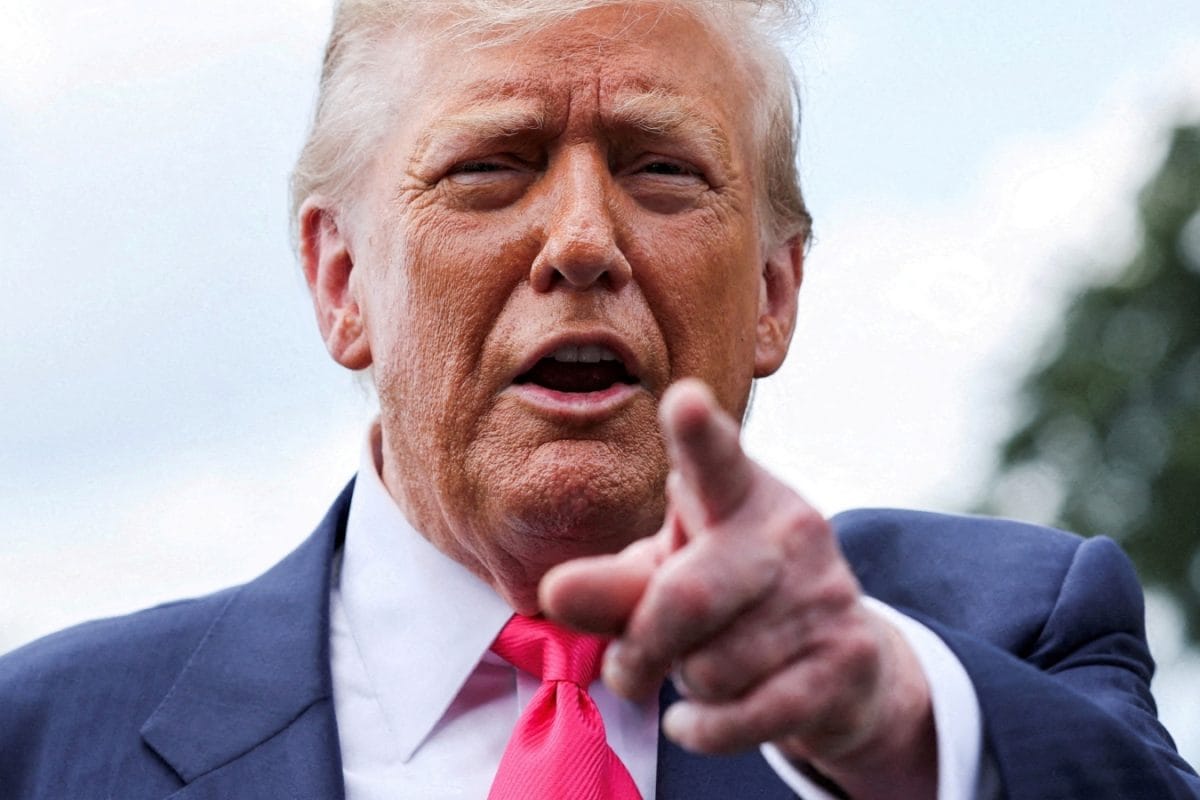

President Trump has announced a 25% tariff on goods imported from India, set to take effect on August 1, 2025. This decision comes amidst stalled trade negotiations between the United States and India. Trump cited India's high tariffs and other trade barriers as a key reason for the imposition of these new tariffs.
In addition to the tariffs, President Trump also mentioned potential penalties for India's continued purchase of Russian energy resources. He emphasized that India's close ties with Russia, particularly in military and energy sectors, are incompatible with the global efforts to isolate Moscow due to the conflict in Ukraine. Trump stated that these partnerships undermine the united front against Russian aggression.
Despite these measures, Trump referred to India as "our friend," suggesting that the tariffs and penalties are intended to encourage a change in India's trade practices and foreign policy, rather than to harm the relationship between the two countries. He hopes that these measures will motivate India to finalize a trade deal with the U.S. and reduce its reliance on Russia.
This announcement is a developing story, and further details are expected to emerge. The specific goods that will be subject to the 25% tariff have not yet been disclosed, nor have the exact penalties for purchasing Russian energy been specified. The Indian government has not yet issued an official response to President Trump's announcement.
The move is likely to have significant economic implications for both countries. Indian exporters will face higher costs when selling their products in the U.S., potentially making them less competitive. American consumers may also see price increases on certain goods imported from India. The impact on India's energy security and its relationship with Russia remains to be seen.
This decision marks a significant development in the trade relations between the United States and India and could potentially reshape their economic and strategic partnership. The coming days and weeks will be crucial in understanding the full scope of these measures and their long-term effects.